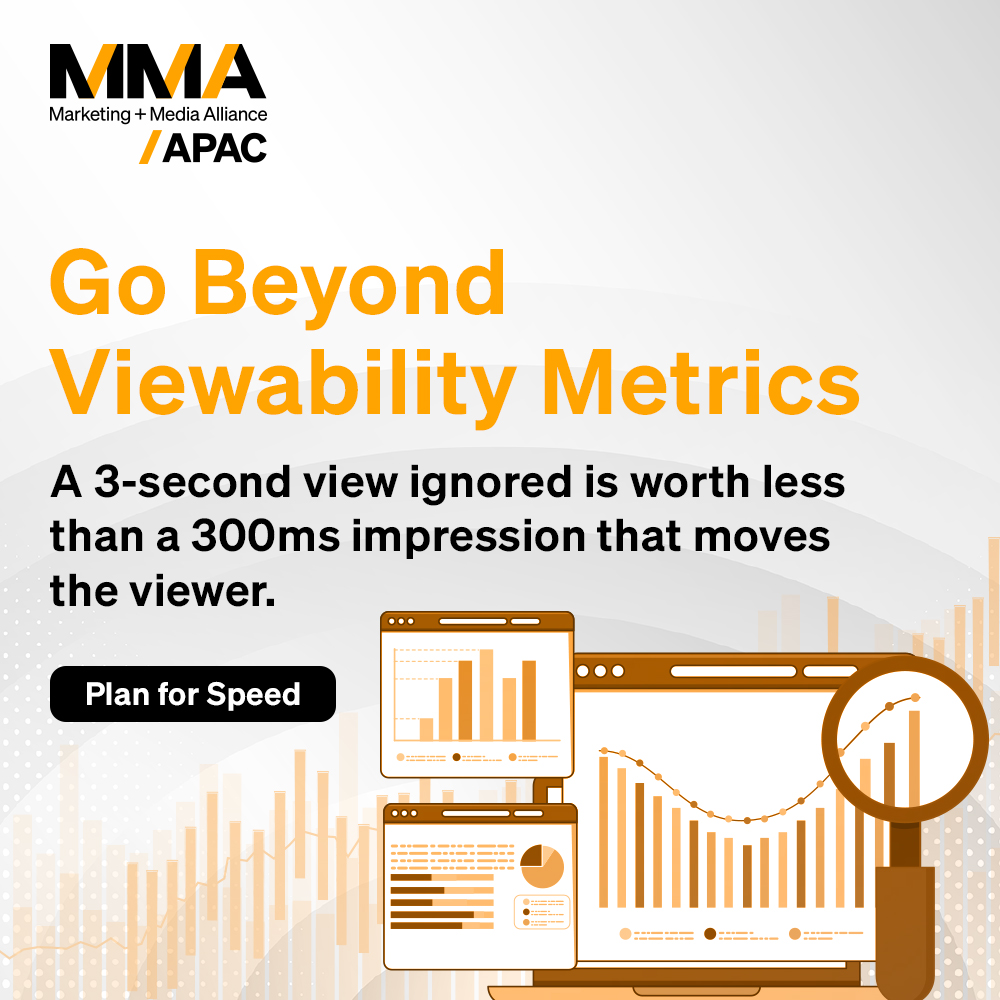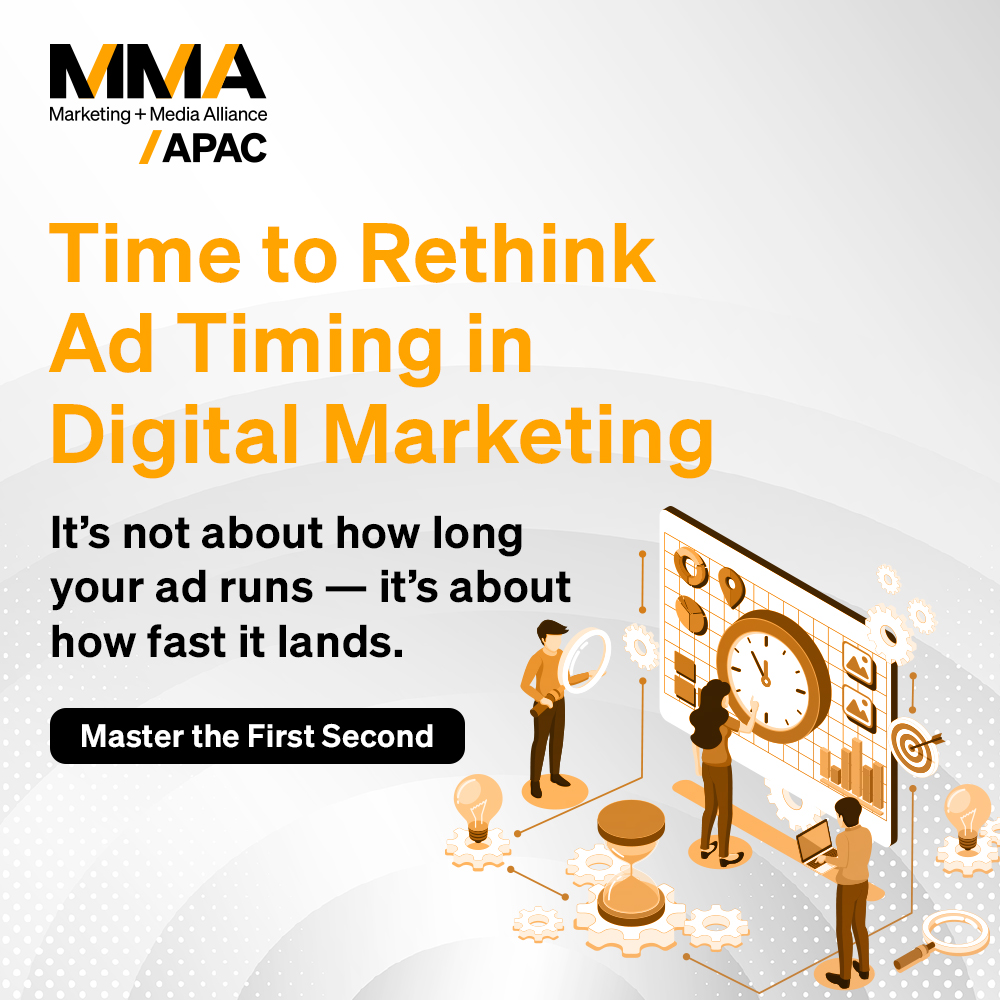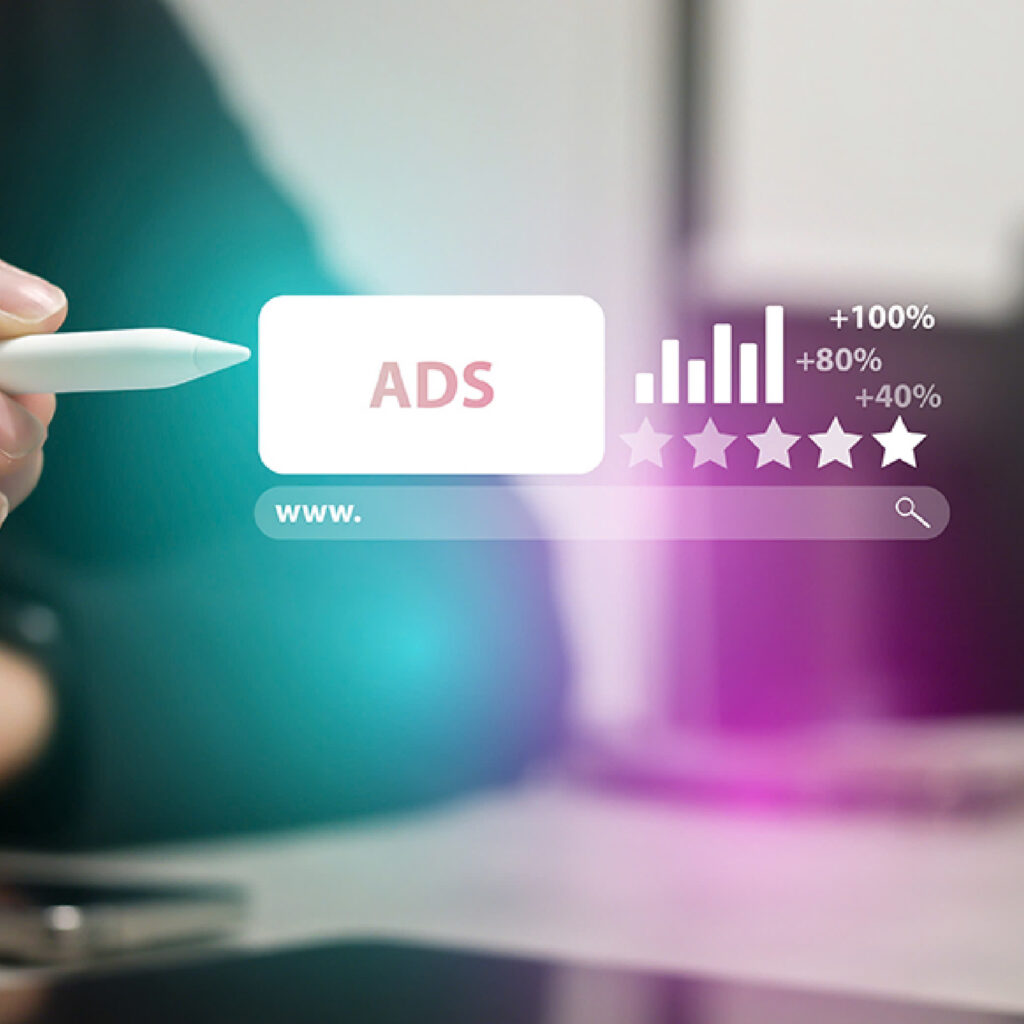
Despite more data, smarter tools, and hyper-targeted delivery, personalization in APAC is hitting diminishing returns. Campaigns are optimized to the decimal, audiences sliced thinner than ever, yet engagement flatlines and costs keep rising.
This is personalization fatigue. And for marketers across the region, it’s becoming one of the most underdiagnosed performance challenges in retail media.
Meanwhile, retail media networks (RMNs) are accelerating. In Southeast Asia alone, RMN investments are projected to hit $4.7 billion by 2030, as platforms evolve from ad placements to full-funnel commerce ecosystems. But amid this growth, one strategic question looms larger than ever: Is targeting enough?
Leading brands and RMNs are beginning to shift their answer. The future isn’t just about who to reach, it’s about when to show up. Timing is emerging as retail media’s real competitive edge.
In this blog, we explore how RMNs in APAC, including insights from MMA’s recent Grab Ads podcast, are embracing predictive intent, real-world signals, and full-funnel orchestration to move from reactive targeting to proactive influence.
What Grab Ads Reveals About the Power of Timing
What makes timing such a powerful lever in retail media? To answer that, it helps to look at how one of APAC’s most embedded platforms is putting it into practice.
Grab, Southeast Asia’s super app, is at the intersection of everyday life: meals, rides, groceries, payments and that gives it a distinct edge: behavioral context at scale. For its advertising business, Grab Ads, this means shifting from targeting based on who the consumer is to engaging them based on what they’re about to do.
As Grab Ads’ regional head, Ken Mandel, noted in a recent MMA Retail Media podcast, “You are what you eat, where you go, and what you buy.” That insight goes beyond metaphor, it captures the logic behind a platform designed to detect intent not through guesswork, but through pattern recognition across real-world actions.
This is what timing unlocks:
- Lifestyle-Based Triggers: A gym-goer sees a hydration offer on the way home. A frequent airport visitor is served a travel bundle. These aren’t campaign shots, they’re precision nudges, grounded in behavior.
- Reactivation by Design: Users who haven’t reordered in 60+ days are identified and engaged, not randomly, but with contextually relevant incentives.
- Predictive Category Growth: A parent buying baby formula might soon need toddler snacks. RMNs like Grab can anticipate and seed demand before the need becomes obvious.
What distinguishes these examples isn’t just their relevance. It’s their timeliness. These ads appear when the consumer is most likely to decide, not scroll. That’s the difference between targeting someone who fits a profile and engaging someone who’s primed to act.
And because this happens within a closed-loop system, it’s not only measurable, it’s optimizable.
Listen to the full podcast on our YouTube channel: [Link]
From Segments to Signals: How Predictive Timing Works
Traditional retail media strategy is built on segmentation: define your audience, match them to past behavior, and deliver ads that align with what they’ve done before. But that model, while familiar, is increasingly insufficient in an environment where intent is fluid and attention is short-lived.
Here’s how predictive timing works in practice:
- Behavioral Frequency as Intent: If a user visits a gym three times a week, books late-night rides, or consistently orders groceries on Fridays, these patterns form a behavioral fingerprint, a data-rich, predictive input for personalized ad delivery.
- Gap Detection: RMNs can track when a user should have reordered something, and intervene just before the window closes. This isn’t personalization; it’s proactive lifecycle engagement.
- POI and Time-of-Day Signals: A user entering an airport, approaching a lunch hour, or returning home, these are time-stamped, location-aware signals that unlock hyper-relevant offers at the edge of action.
- Cross-Category Inference: Purchase signals in one category (e.g., baby care) can be used to anticipate adjacent category interest (e.g., toddler food, home safety), allowing brands to plant the next best action before it’s searched for.
These signals are not just reactive, they’re predictive. And when orchestrated correctly, they move retail media from campaign delivery to moment-based influence.
This is where AI begins to elevate the strategy: mapping real-time intent paths, prioritizing signal strength, and triggering creative not just based on identity, but on readiness.
For marketers, it’s a profound shift, one that asks less about “Which segment should we target?” and more about “What’s the next likely decision, and when does it happen?”
What Marketers Must Do Next
Retail media is no longer a tactical add-on. It’s becoming one of the most important levers for full-funnel growth in APAC, but only for marketers who move beyond conventional targeting and embrace timing as strategy.
This shift demands more than better data. It requires a rethink of how campaigns are planned, measured, and orchestrated.
Here’s how to begin that shift:
- Audit your current retail media approach
If your RMN investments are concentrated at the bottom of the funnel, you’re likely missing higher-impact opportunities. Identify where timing, not just targeting, could change outcomes.
- Choose platforms that enable context, not just reach
Not all RMNs are equal. The most advanced ones offer behavioral and contextual signals that go beyond audience IDs: location, time of day, purchase cadence, and lifestyle cues. These are the raw materials of predictive engagement. - Start testing timing-based activations
Run experiments that trigger campaigns based on behavior patterns:
- Re-engage lapsed buyers based on timing gaps
- Surface relevant offers at key physical locations
- Predict cross-category needs using recent activity
Even modest pilots can reveal where timing outperforms traditional personalization.
- Shift from static personalization to adaptive engagement
The future isn’t more messages. It’s smarter sequencing. Use AI to anticipate what the shopper is likely to want next, and deliver it before they go searching elsewhere. Timing becomes a way to reduce friction and increase relevance, without over-targeting.
- Rewire your internal model for full-funnel RMN execution
The most effective retail media strategies now blur the lines between brand building and performance. Creative, media, and commerce teams must work together to shape journeys, not just push promotions.
In a region as dynamic and diverse as APAC, attention is hard-won and short-lived. That’s why timing is emerging as the most powerful differentiator in retail media, not just to drive transactions, but to build trust, relevance, and long-term equity.
The future of RMNs isn’t about showing up more often. It’s about showing up at exactly the right moment, with the right message, in the right context.



















